ESA - Observing the Earth News
| The European Space Agency (ESA) is Europe’s gateway to space. Its mission is to shape the development of Europe’s space capability and ensure that investment in space continues to deliver benefits to the citizens of Europe and the world. | |||||||||||||||||
|






 Feed
Feed Scan with QR Code Reader
Scan with QR Code Reader mobi
mobi




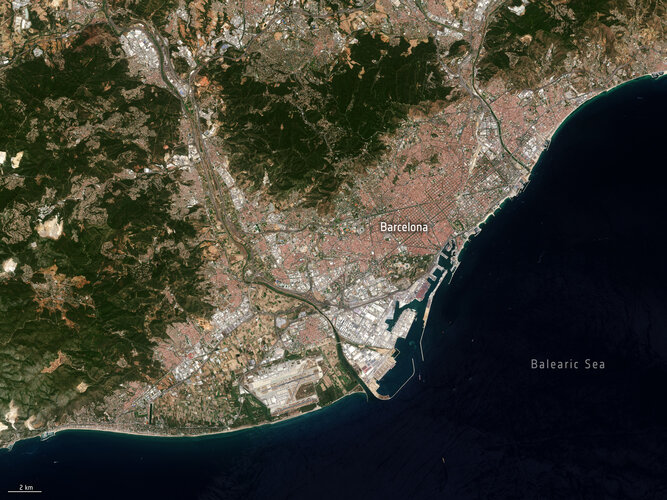
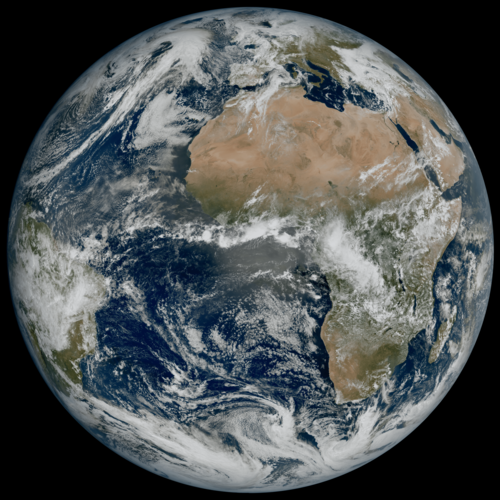
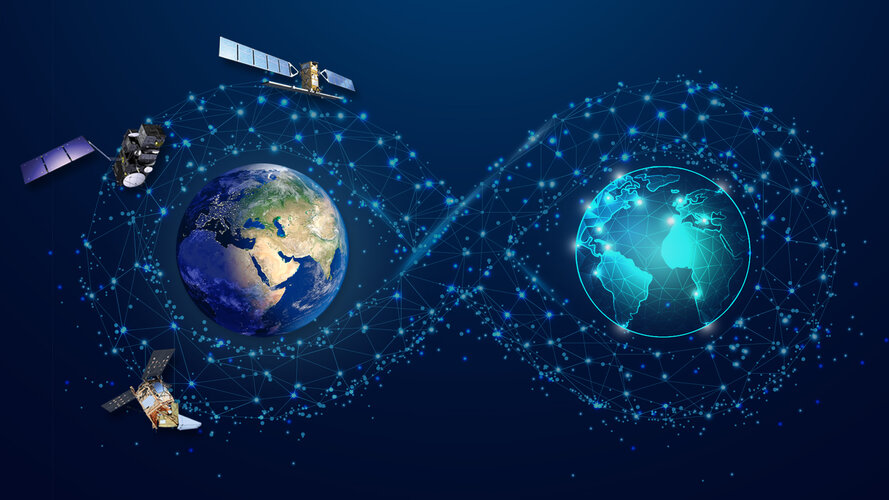
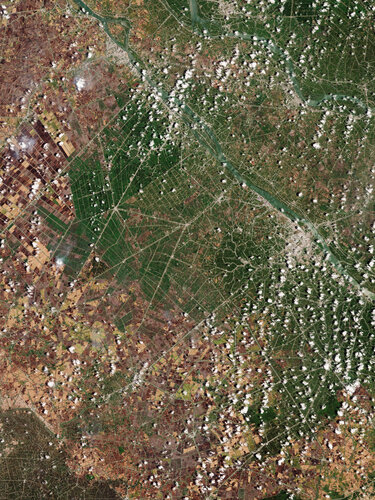 Image:
Earth from Space: The Mekong Delta
Image:
Earth from Space: The Mekong Delta 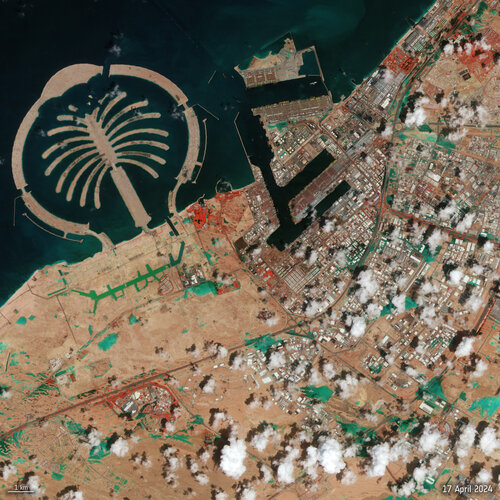 Image:
Dubai floods seen from space
Image:
Dubai floods seen from space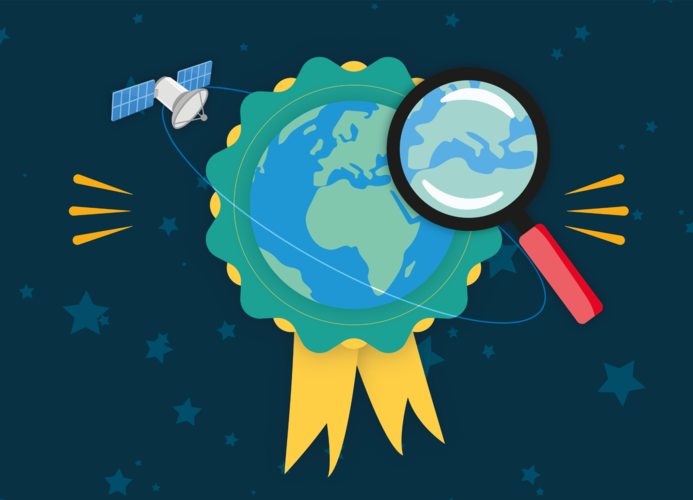
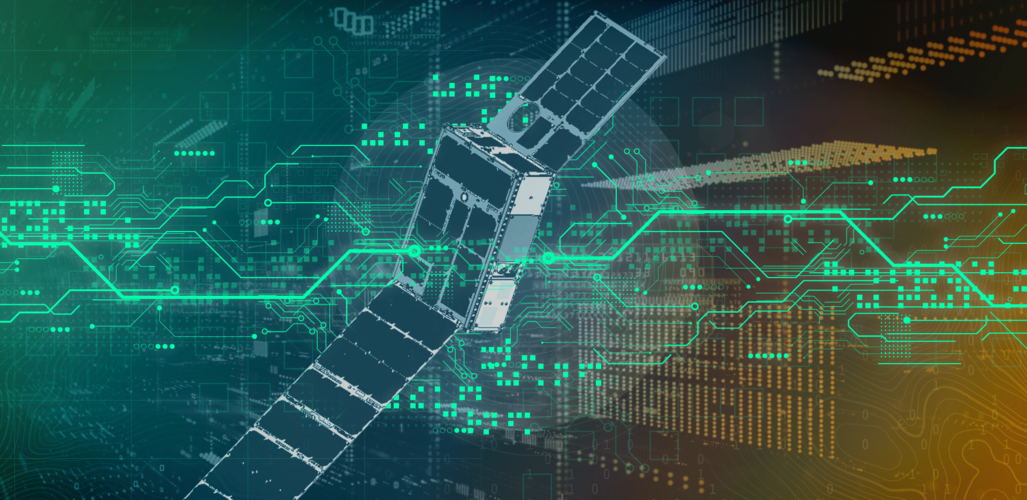
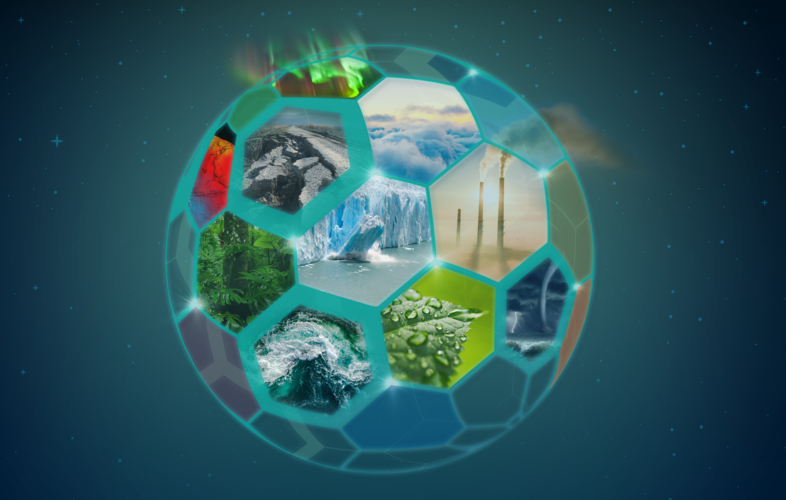
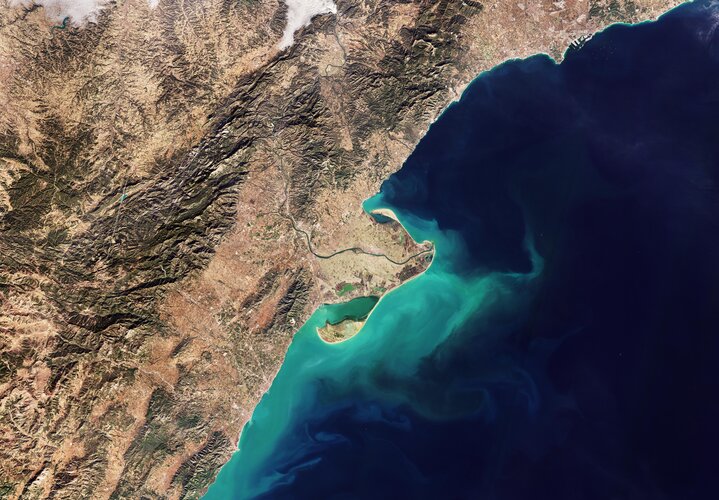 Image:
This Copernicus Sentinel-2 image shows the delta of the Ebro River on the northeast coast of Spain.
Image:
This Copernicus Sentinel-2 image shows the delta of the Ebro River on the northeast coast of Spain.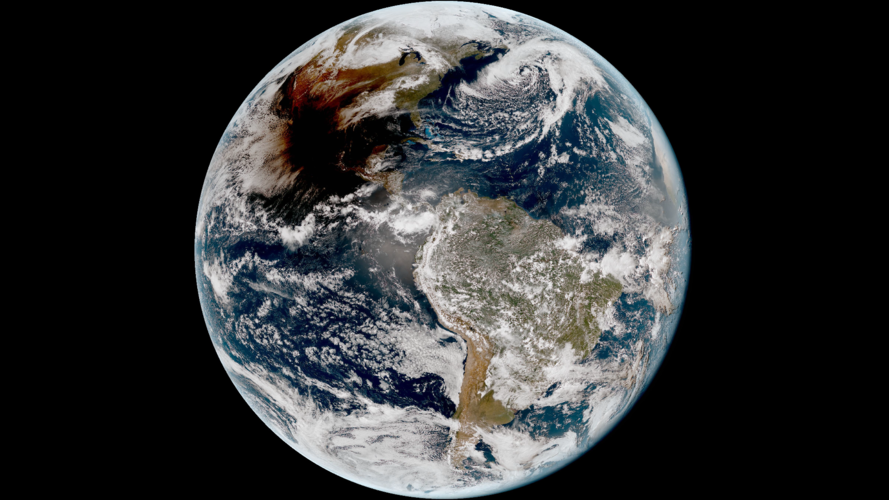 Video:
00:00:07
Video:
00:00:07
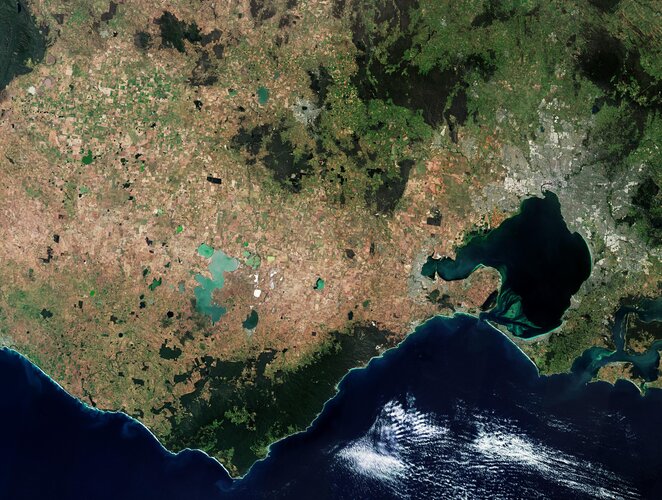 Image:
This Copernicus Sentinel-2 image features part of Victoria, a state in southeast Australia.
Image:
This Copernicus Sentinel-2 image features part of Victoria, a state in southeast Australia.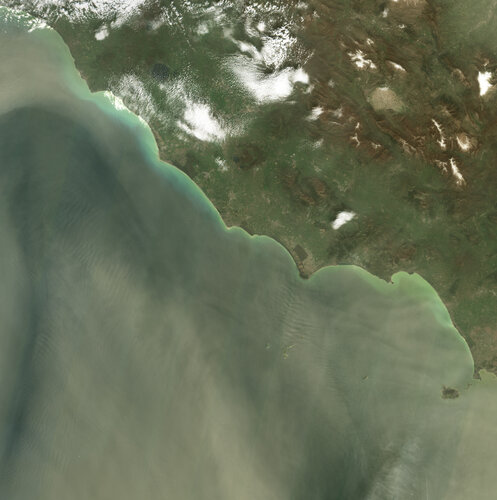 Image:
Images from the Copernicus Sentinel-2 mission show a large dust storm originating from the Sahara Desert that has engulfed skies across the central Mediterranean Basin.
Image:
Images from the Copernicus Sentinel-2 mission show a large dust storm originating from the Sahara Desert that has engulfed skies across the central Mediterranean Basin. 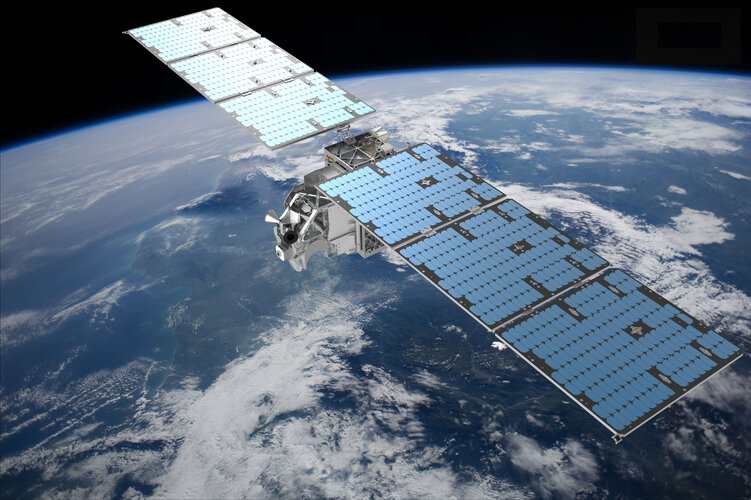
 Video:
00:17:57
Video:
00:17:57
 Video:
00:14:13
Video:
00:14:13